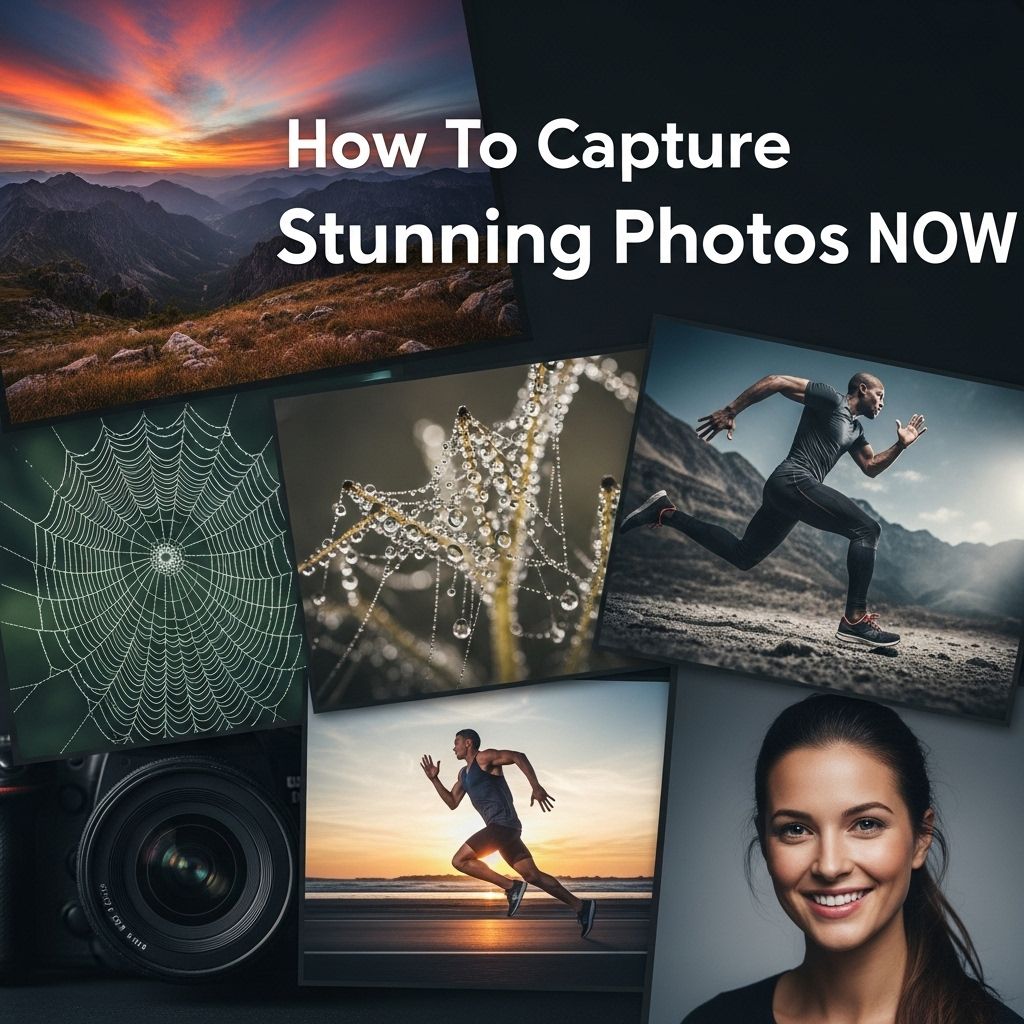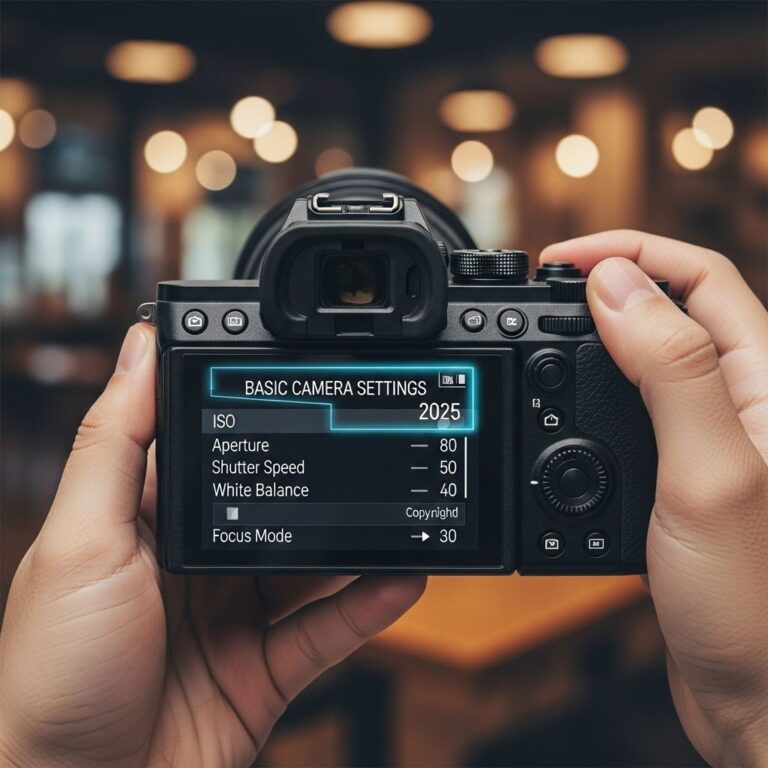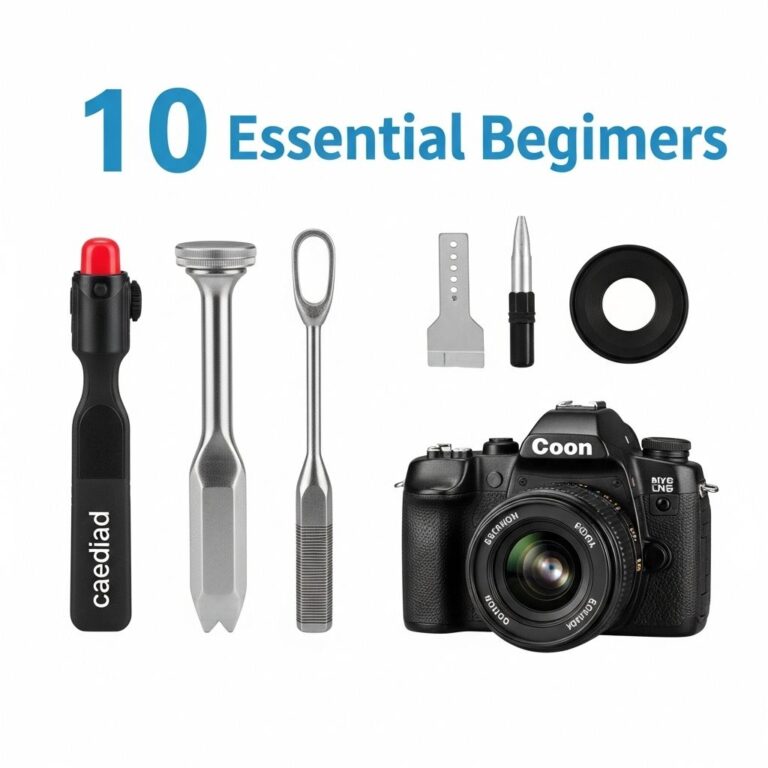Photography is an art that combines creativity with technical skill. Whether you’re a beginner with a smartphone or a seasoned photographer with a DSLR, the desire to capture stunning photographs is universal. In this article, we will explore essential tips, techniques, and tools you can use to enhance your photography and produce breathtaking images.
Table of Contents
Understanding Your Camera
Before you can take stunning photos, it’s important to understand how your camera works, regardless of its type. Familiarize yourself with the following key components:
- Aperture: Controls the amount of light entering the camera.
- Shutter Speed: Determines how long the camera sensor is exposed to light.
- ISO: Adjusts the camera’s sensitivity to light.
- White Balance: Affects the color temperature of your images.
Manual vs. Automatic Settings
While many modern cameras have automatic settings, using manual mode grants you greater control. Experiment with different combinations of aperture, shutter speed, and ISO to see how they affect your photos.
Composition Techniques
Composition is the arrangement of visual elements in your photograph. Here are some techniques that will help you compose striking images:
Rule of Thirds
Imagine dividing your image into three equal parts both horizontally and vertically, creating a grid. Place key elements of your scene along these lines or at their intersections to create balance.
Leading Lines
Use natural lines in your environment to lead the viewer’s eye toward your subject. These can be roads, fences, or rivers.
Framing
Use elements within your scene to frame the subject. This could be anything from overhanging branches to windows.
Lighting is Key
The quality and direction of light can make or break a photograph. Here are some tips on how to manage light:
Golden Hour
The best natural lighting occurs during the golden hour—shortly after sunrise and before sunset. The light is soft, warm, and diffused, which enhances colors and reduces harsh shadows.
Using Reflectors
If you’re shooting portraits, consider using reflectors to bounce light back onto your subject, illuminating their features without harsh shadows.
Experimenting with Flash
Don’t shy away from using flash, even in daylight. Fill flash can help brighten your subject against a bright background, ensuring details aren’t lost.
Post-Processing: Enhancing Your Images
Post-processing is an essential part of digital photography. Here are some tools and techniques to improve your images:
Software Options
While there are many software options available, two standouts are:
- Adobe Lightroom: Excellent for color correction and lighting adjustments.
- Adobe Photoshop: Perfect for more complex editing tasks like retouching.
Basic Editing Steps
- Adjust exposure and contrast.
- Crop for better composition.
- Enhance colors using saturation and vibrance sliders.
- Sharpen the image for clarity.
- Apply noise reduction if necessary.
Advanced Techniques
Once you have mastered the basics, you can explore advanced photography techniques that can elevate your work:
Long Exposure Photography
This technique involves using a slow shutter speed to capture movement, such as flowing water or moving clouds.
HDR Photography
High Dynamic Range (HDR) involves taking multiple exposures of the same scene and merging them to create a single image with a wide range of light and shadow.
| Technique | Best Use Case | Equipment Needed |
|---|---|---|
| Long Exposure | Waterfalls, light trails | Tripod, ND filter |
| HDR | High-contrast landscapes | Tripod, HDR software |
Choosing the Right Gear
The equipment you use can significantly impact the quality of your photographs. Here’s a brief overview of essential gear:
Camera Types
Choose the camera that best suits your needs:
- DSLR: Offers versatility and image quality.
- Mirrorless: Compact and lightweight with similar capabilities to DSLRs.
- Smartphones: Convenient for everyday photography.
Lenses
The choice of lens can dramatically change your photos. Some popular options include:
- Wide-Angle Lens: Great for landscapes and architecture.
- Telephoto Lens: Ideal for wildlife and sports photography.
- Prime Lens: Offers superior image quality and low-light performance.
Conclusion
Capturing stunning photos is not just about having the right equipment; it’s about understanding light, composition, and the story you want to tell through your images. By continually practicing your skills, experimenting with techniques, and learning from your mistakes, you’ll find yourself taking breathtaking photographs in no time. Start your journey today and witness the world through your unique perspective!
FAQ
What are the best camera settings for capturing stunning photos?
To capture stunning photos, use a low ISO for better image quality, a wide aperture for a shallow depth of field, and adjust your shutter speed based on the lighting conditions.
How can lighting affect my photography?
Lighting plays a crucial role in photography. Natural light during golden hour (just after sunrise or before sunset) can enhance colors and create a warm glow, while harsh midday light can create unflattering shadows.
What composition techniques can I use to improve my photos?
Utilize composition techniques such as the rule of thirds, leading lines, and framing to create visually appealing images that draw the viewer’s attention.
How do I edit my photos for a professional look?
To achieve a professional look, use photo editing software to adjust brightness, contrast, saturation, and sharpness. Additionally, consider cropping for better composition.
What tips can I follow for better portrait photography?
For better portrait photography, focus on the subject’s eyes, use a wide aperture for a blurred background, and experiment with different angles and poses to capture their personality.
How can I take stunning landscape photos?
To take stunning landscape photos, use a tripod for stability, shoot during golden hour for soft lighting, and include interesting foreground elements to add depth to your images.









